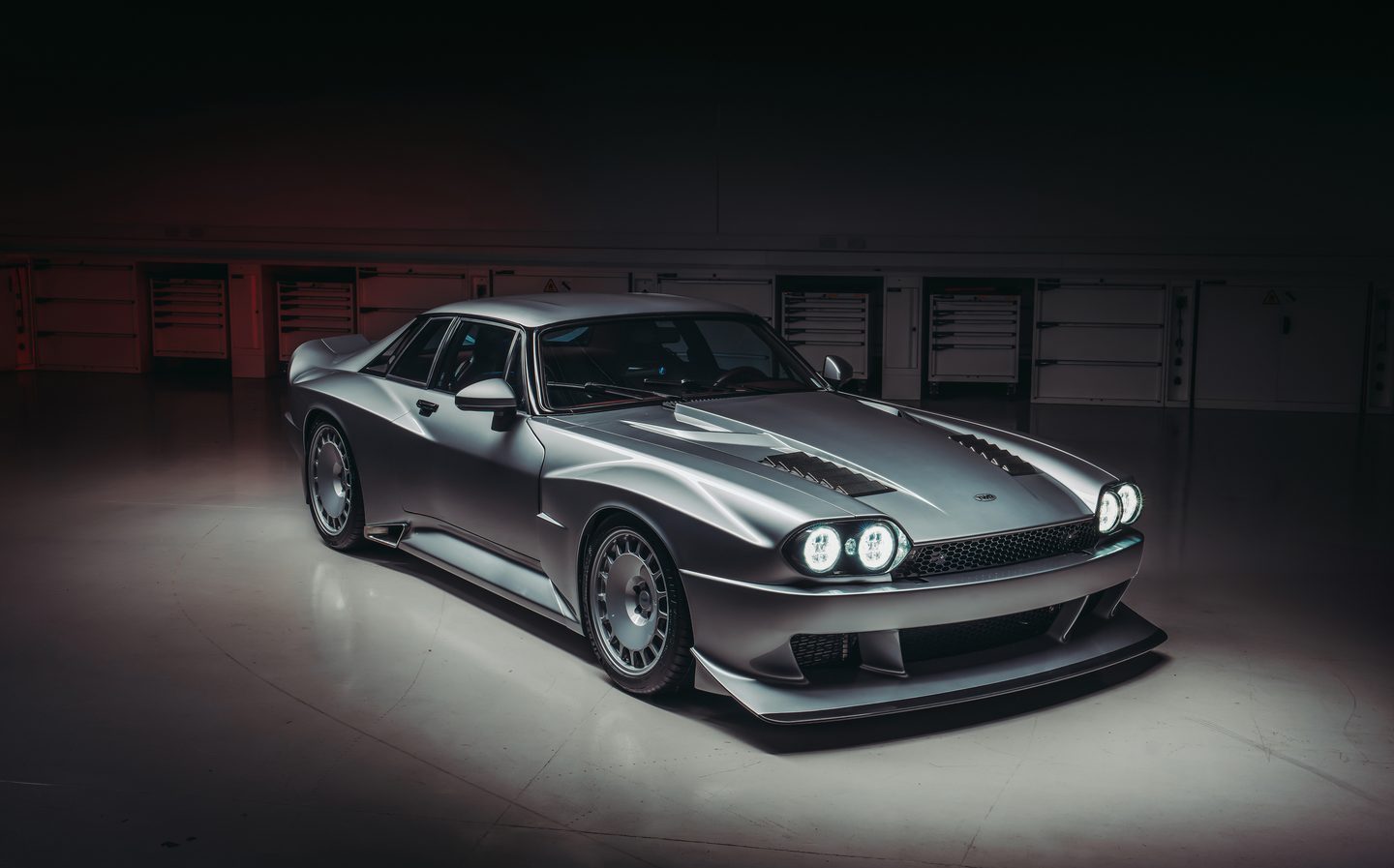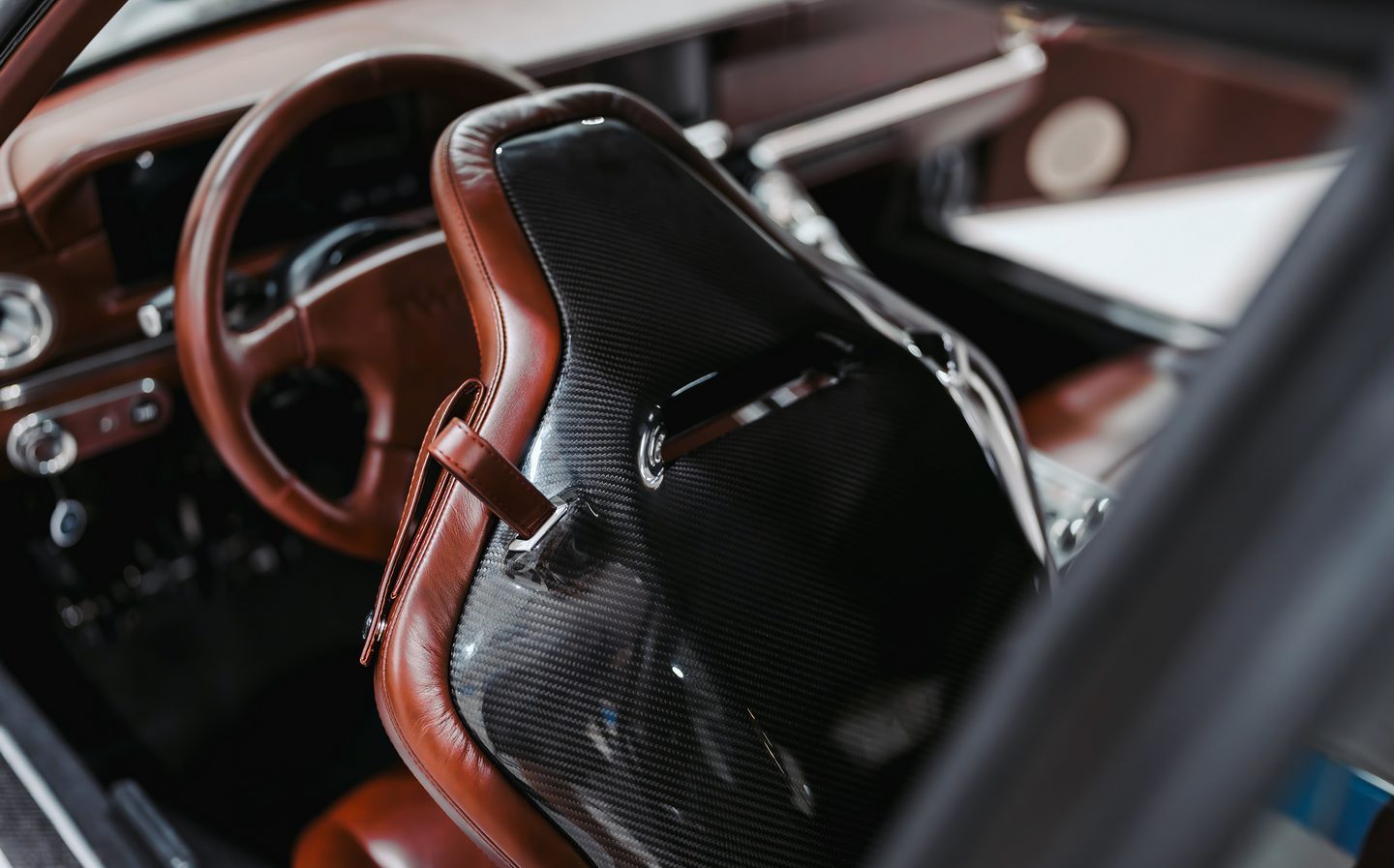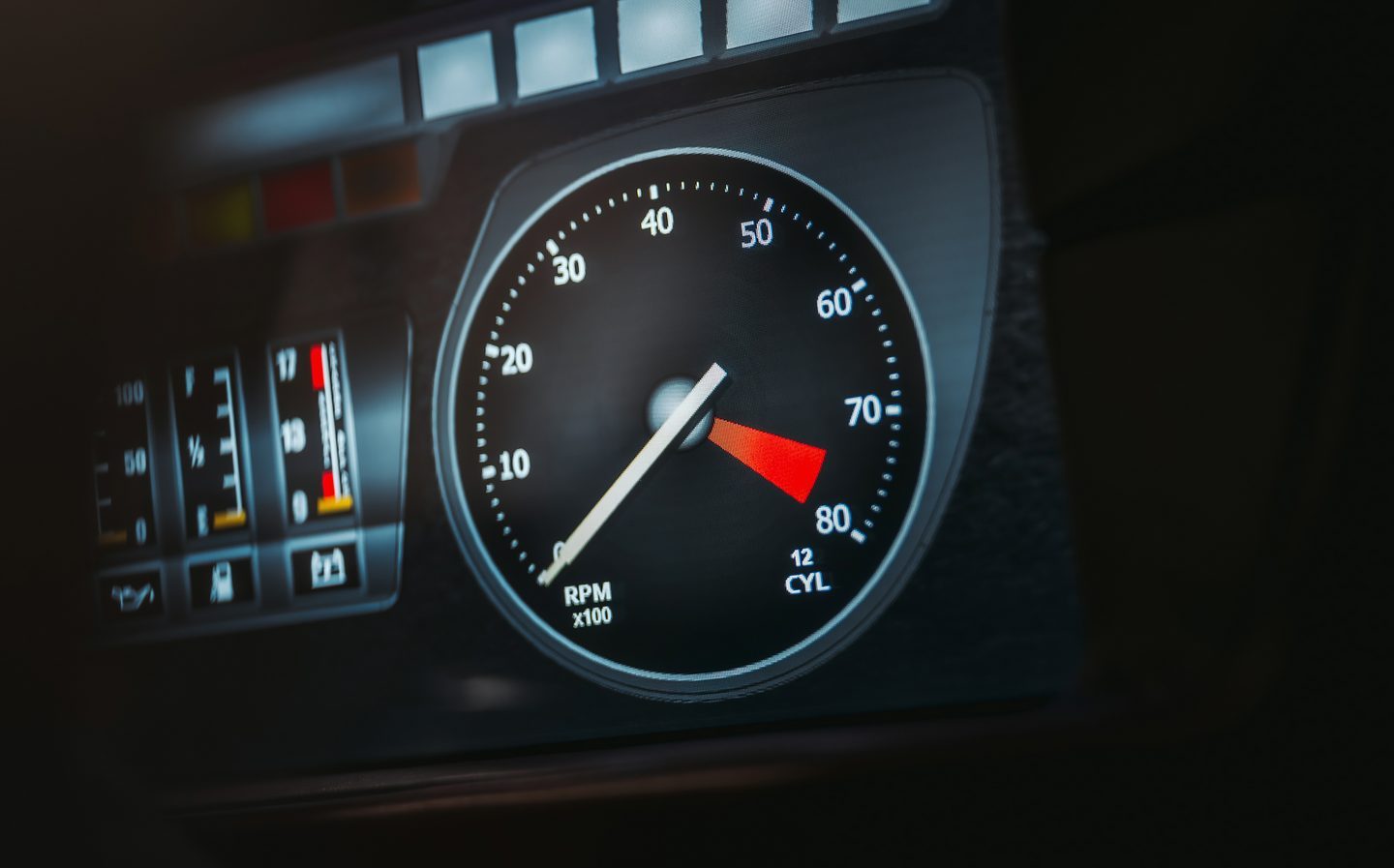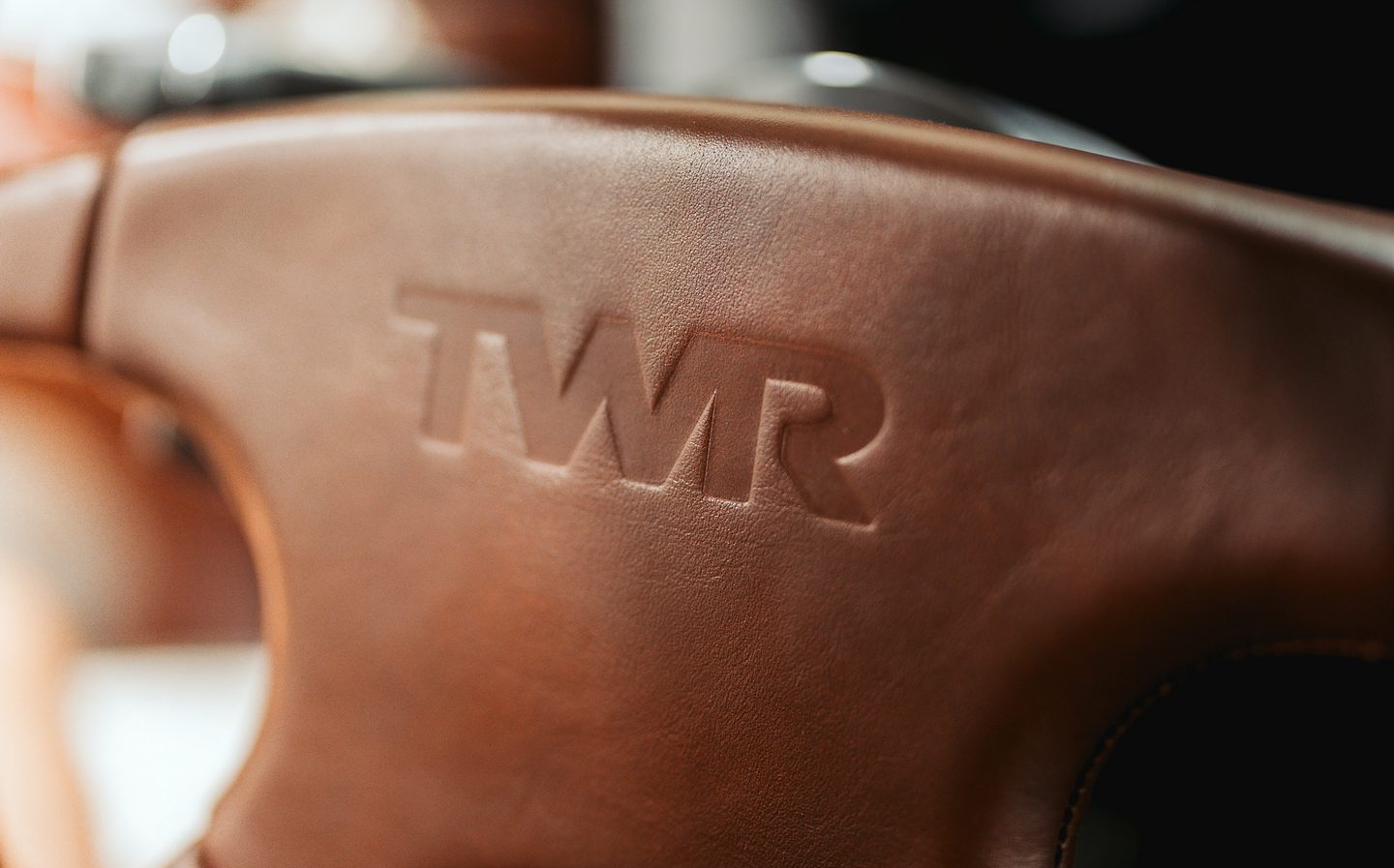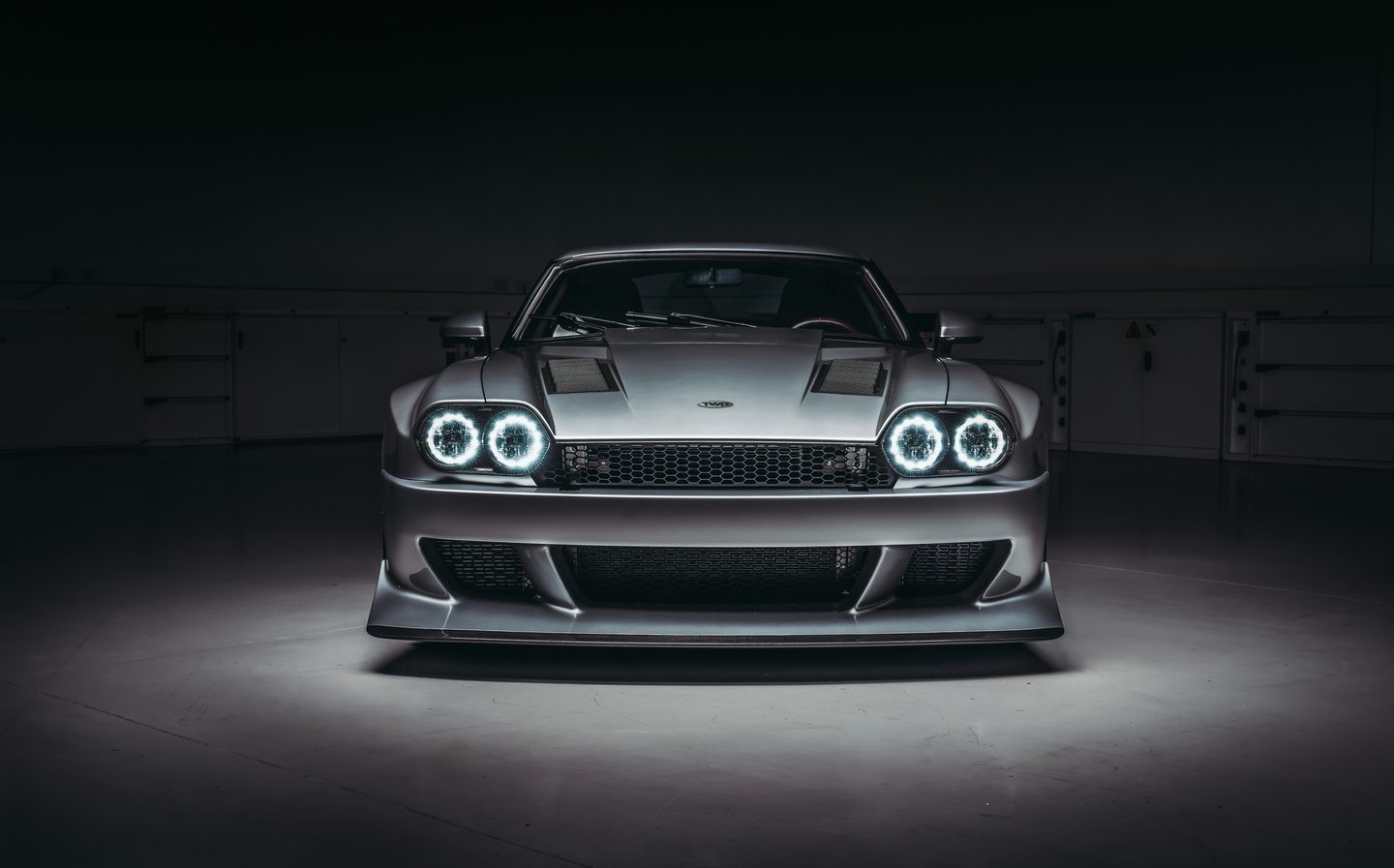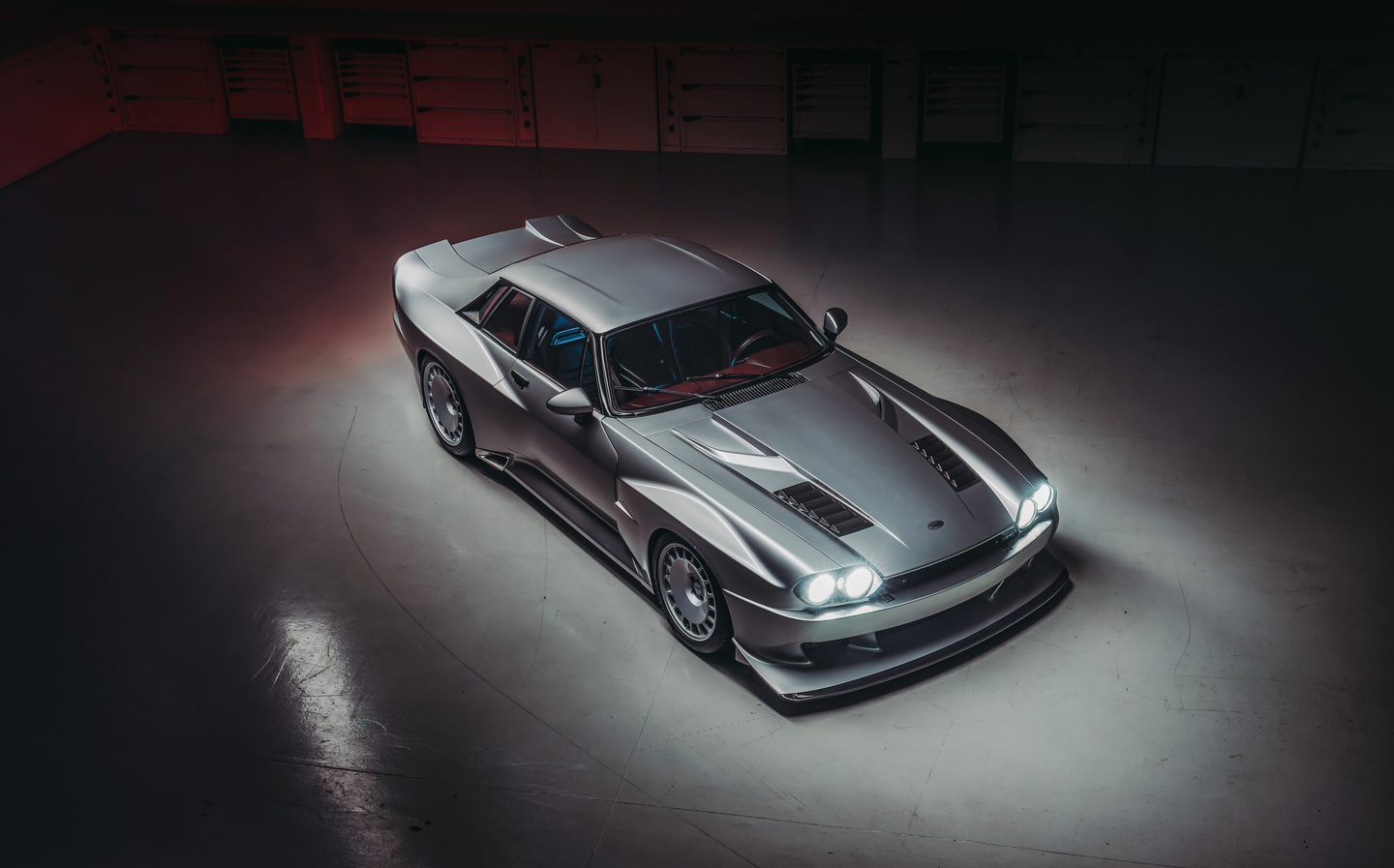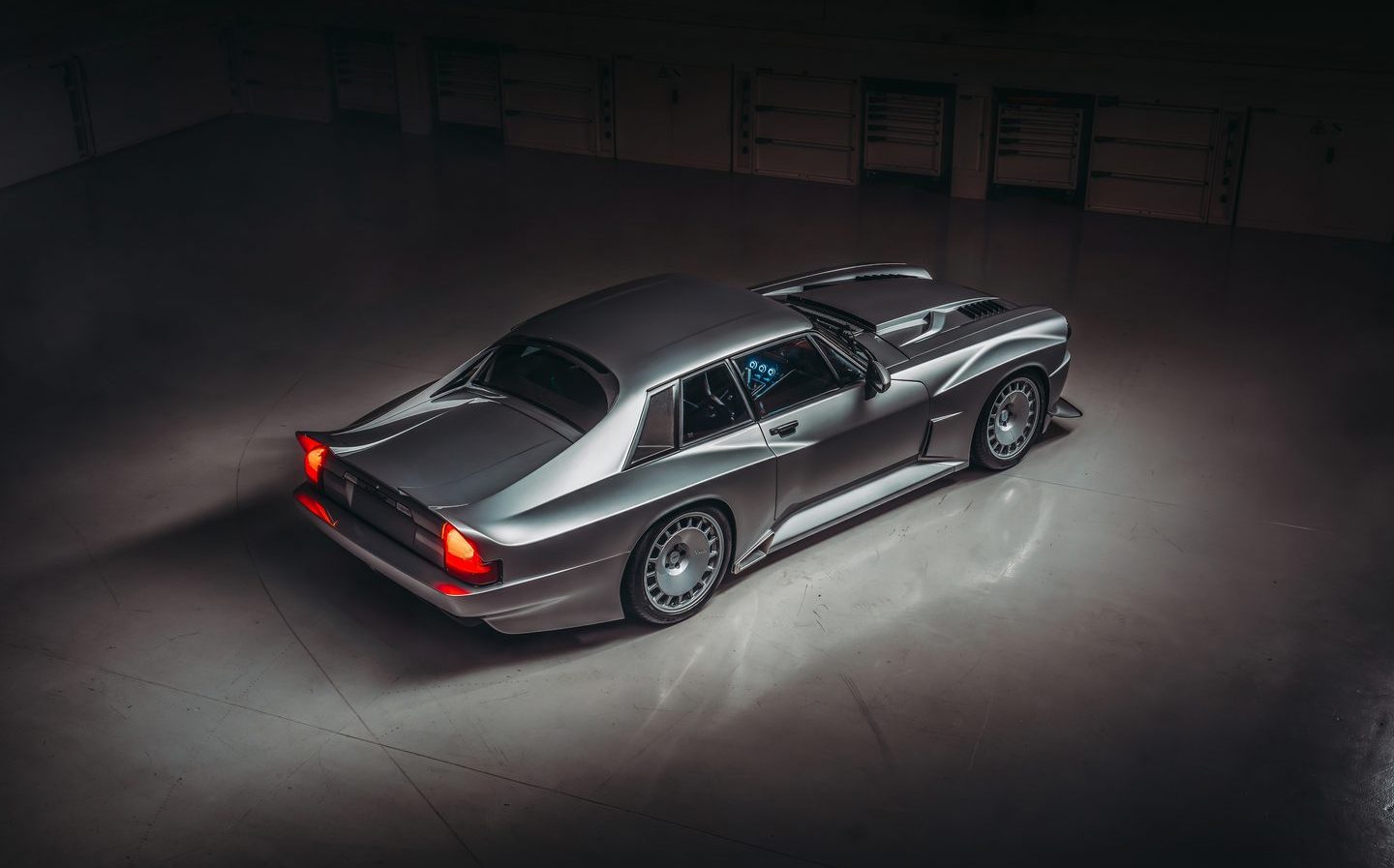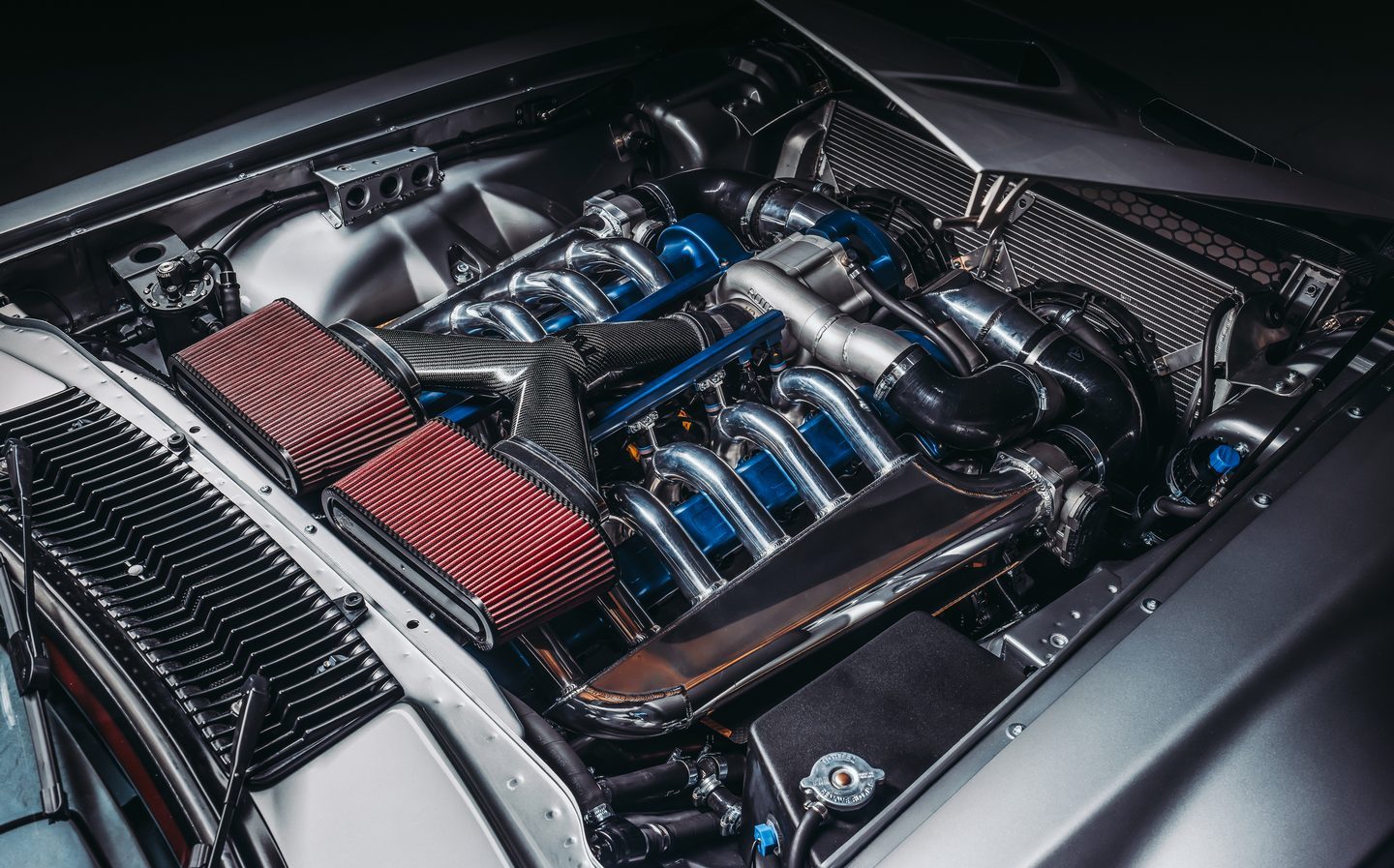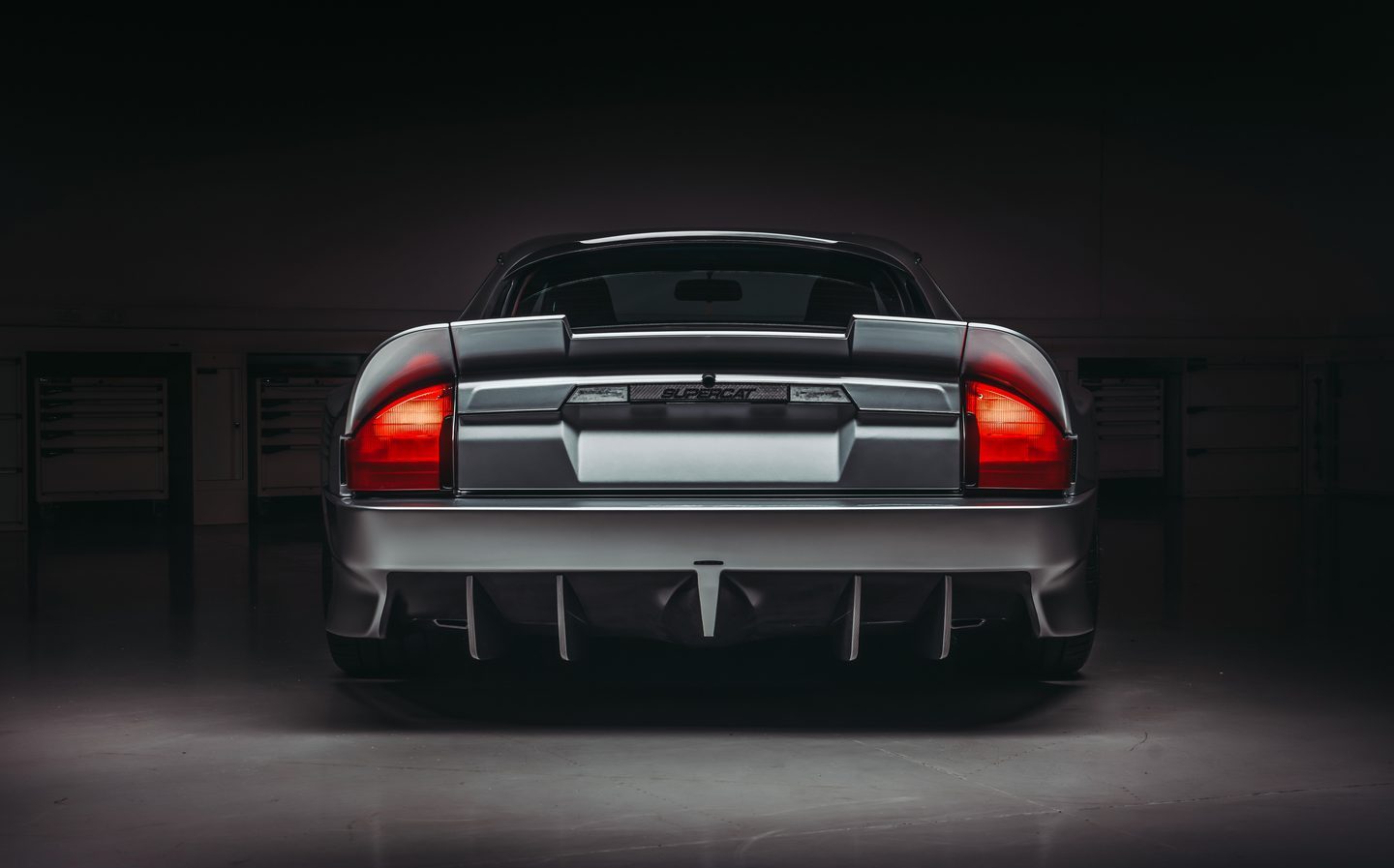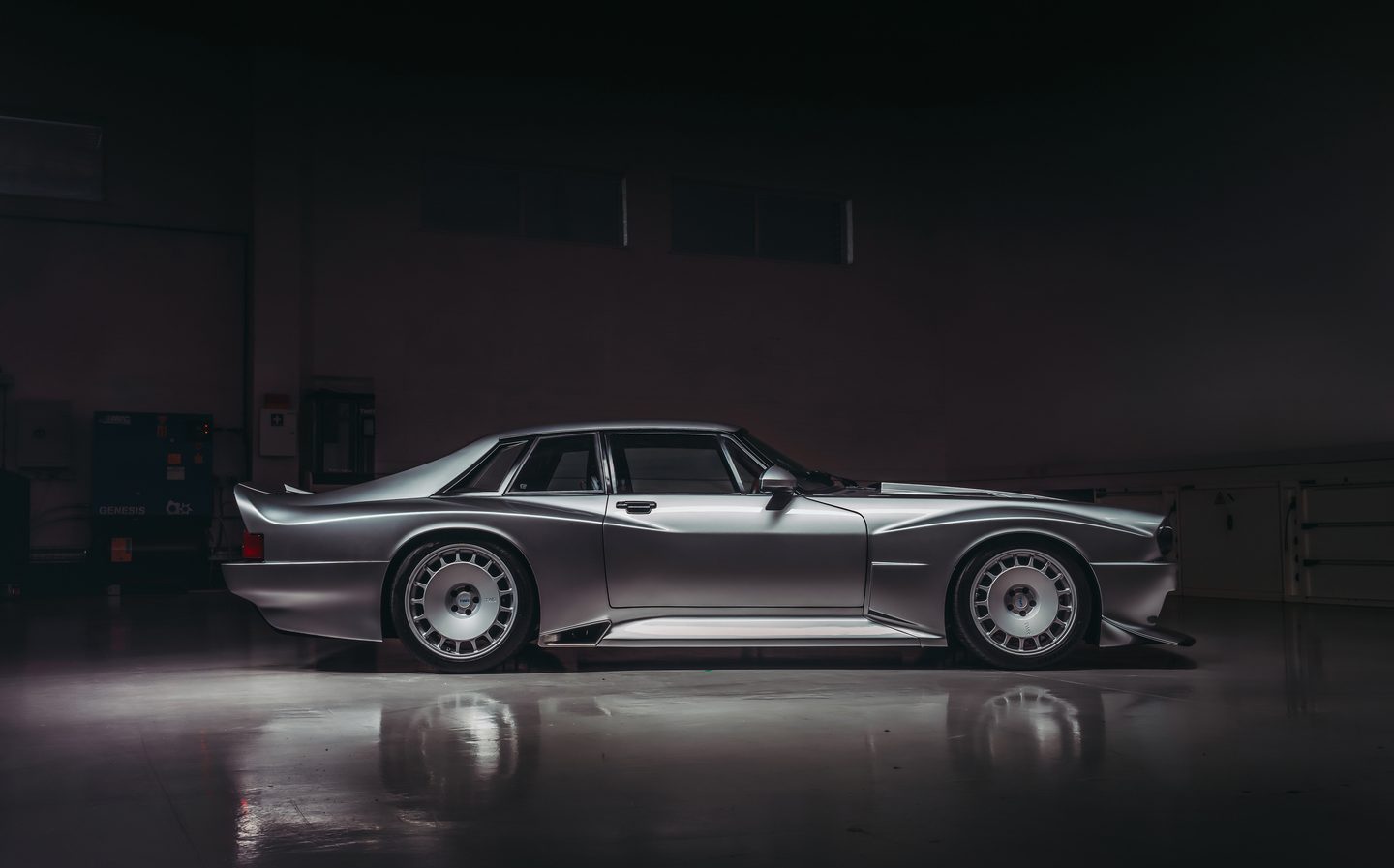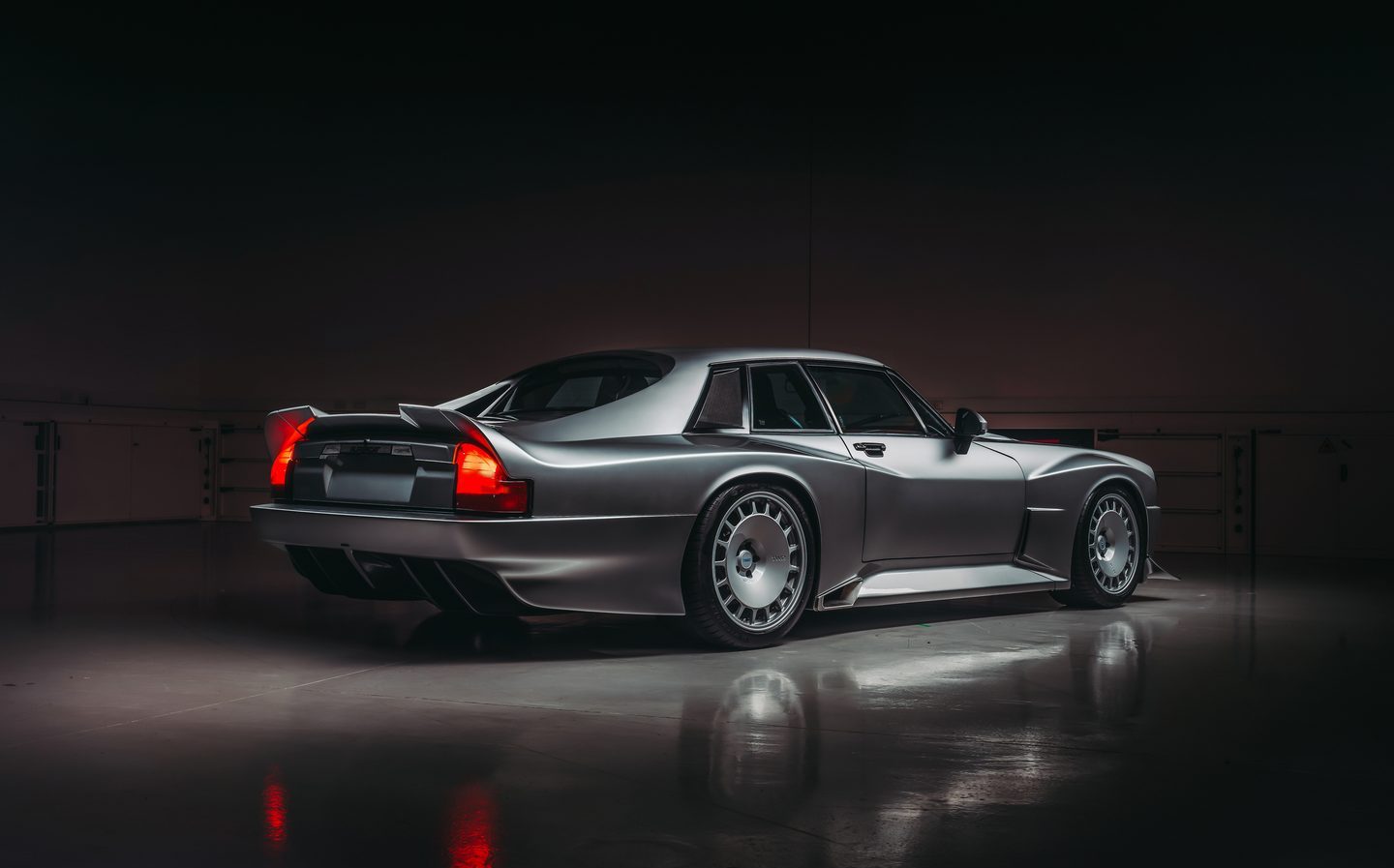Jaguar XJS reinvented as 660bhp 'Supercat' by resurrected racing specialists TWR
The antidote to Jaguar's electric future
Tom Walkinshaw Racing (TWR) and Jaguar are best known for their partnership that led to Le Mans victories in 1988 and 1990, but they first worked together to develop a racing version of the Jaguar XJS coupé to compete in the 1982 European Touring Car Championship. The story now comes full circle as the TWR name is resurrected for a company focusing on special road cars — and its first creation is the Jaguar XJS-based Supercat restomod.
Wild styling courtesy of new carbon-fibre body
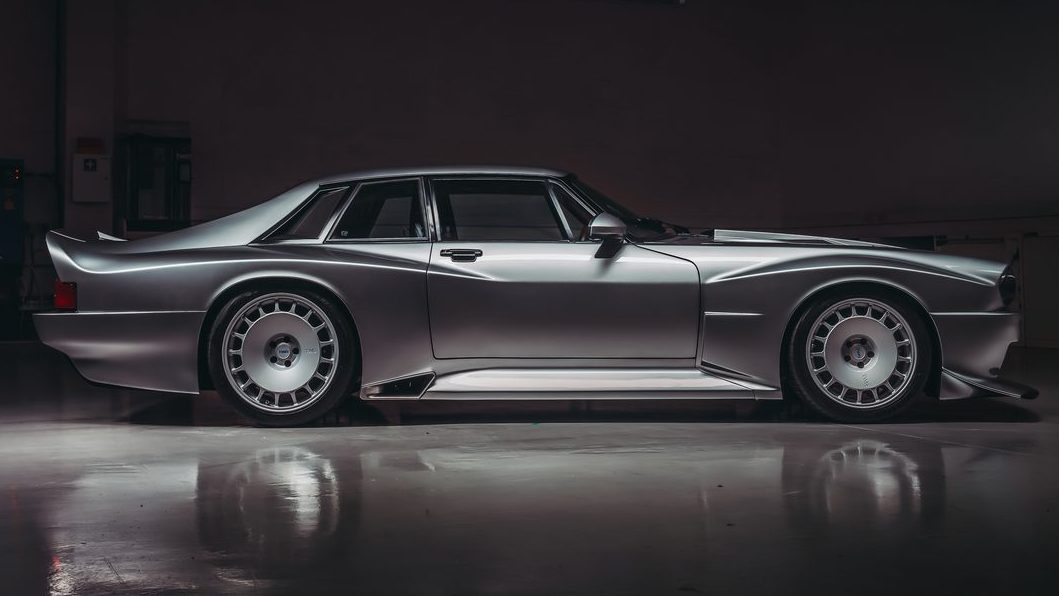
Although the Supercat is based on the underpinnings (albeit heavily modified) of a classic Jaguar XJS, and that car’s distinctive style can be seen under all the bulges and aero add-ons, the bodywork is actually all new. It’s made from carbon fibre with tubular steel reinforcing to both save weight and enhance structural rigidity. At a modest 1,605kg, the Supercat is some 165kg lighter than the V12-engined XJS of yesteryear.
Of course, TWR didn’t just drop the naturally aspirated 5.3-litre V12 of the original into the Supercat’s long nose. That unit only produced 285bhp, which is woefully under-powered and inefficient by today’s standards. Instead, the firm has developed its own supercharged 5.6-litre V12, and has confirmed peak outputs of 660bhp and 538lb ft of torque (twisting force).
A GT with old-school driving experience
There has been no word yet on the Supercat’ accelerates’s 0-62mph acceleration time, or its top speed, but we suspect the figures will be “ample” given its powerplant, and it’s telling that TWR is marketing the car towards people who like to drive.
To that end the Supercat has been given a six-speed manual gearbox and retains the original rear-drive layout. To help with traction, however, there’s a limited-slip differential fitted as standard, and lest you think the Supercat is completely old-school, it also features adaptive damping, five driving modes and can be had with programmable traction control.
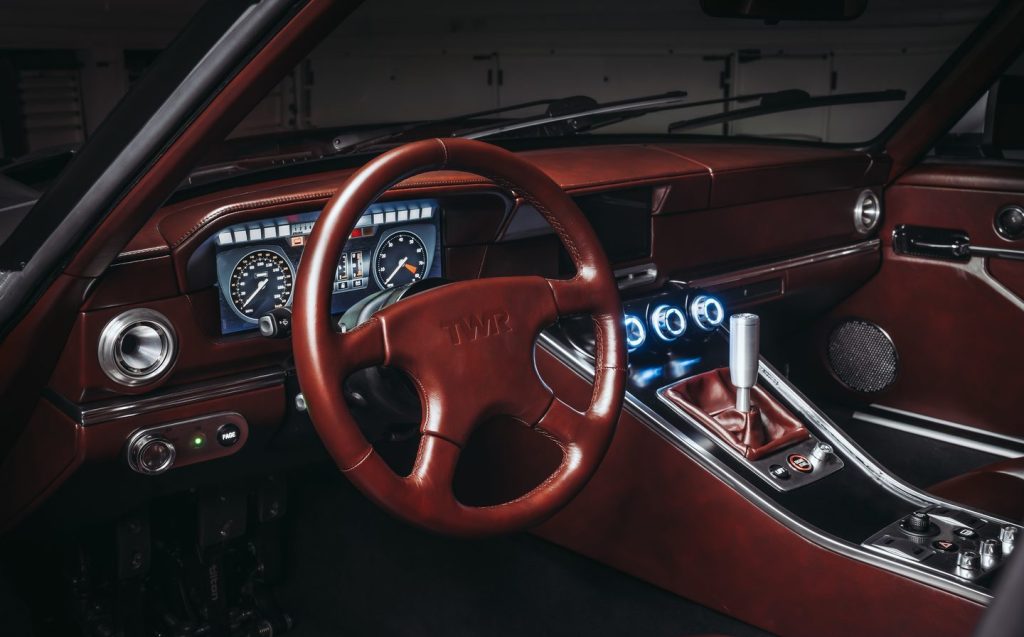
The interior is a mix of old and new as well, retaining the basic shape of the XJS, though with the tiny rear seats removed to enlarge the boot. There’s a distinctly old-fashioned leather steering wheel — with no airbag that we can see — but there are modern digital instruments behind it and, somewhat incongruously, the Supercat even features Apple CarPlay and Android Auto.
Lots of name dropping
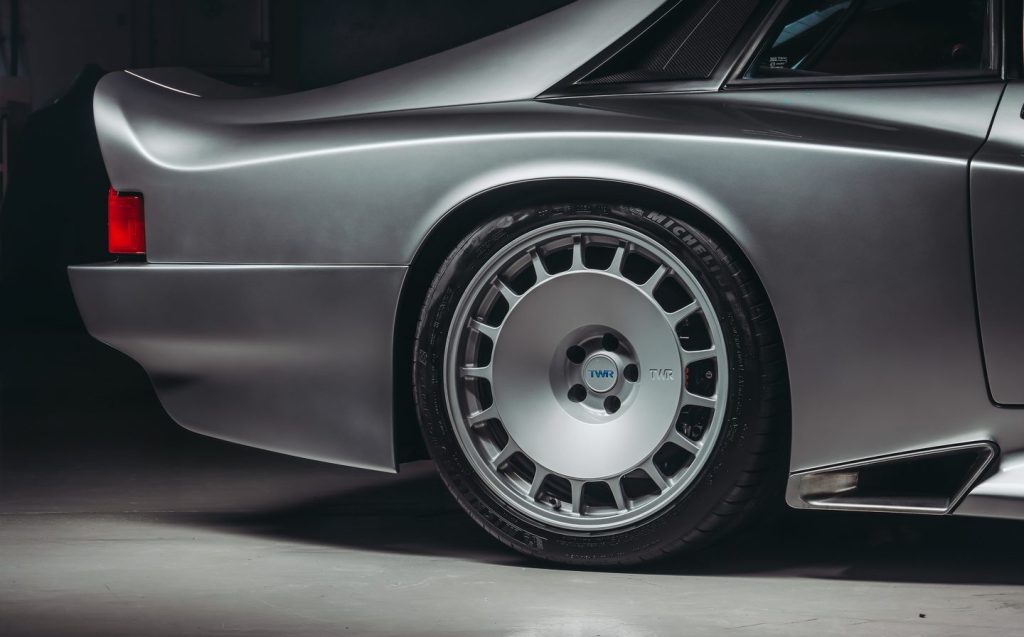
TWR is clearly keen to be taken seriously as it reemerges. Now under the control of Tom’s son Fergus Walkinshaw, there’s talk of engineering by people previously working for McLaren, Ferrari, Porsche, Williams and Renault F1.
The body was penned by British artist and vehicle designer Khyzyl Saleem — with a little help from “a former World Championship-winning Mercedes-Benz F1 aerodynamicist” — while fashion designer and famous car collector Magnus Walker was also involved on the project.
All this expertise doesn’t come cheap of course, and the Supercat is priced from £225,000 “before local taxes”. TWR says there are still a few build slots remaining of the total 88 cars to be produced, that number harking back to the year Jaguar and TWR first won Le Mans together.
Related articles
- If you found news of the new TWR Supercat interesting, you may want to read our review of the updated Porsche Taycan
- Jaguar Land Rover investing £15bn in electric vehicles and UK factories
- Read our farewell to the Jaguar F-Type a we take a final drive in the sports car
Latest articles
- Should I buy a diesel car in 2025?
- F1 2025 calendar and race reports: The new Formula One season as it happens
- Zeekr 7X AWD 2025 review: A fast, spacious and high tech premium SUV — but someone call the chassis chief
- Denza Z9GT 2025 review: Flawed but sleek 1,062bhp shooting brake from BYD’s luxury arm
- Extended test: 2024 Renault Scenic E-Tech review
- Best-selling cars 2025: The UK’s ten most popular models of the year so far
- Audi A6 Avant 2025 review: Trusty executive estate ticks expected boxes, and there’s still a diesel option
- Keir Starmer eases pressure on carmakers to sell EVs in response to ‘global economic headwinds’
- Ferrari 12Cilindri Spider review: Heady blend of traditional and futuristic becomes even more intoxicating after lid is removed


